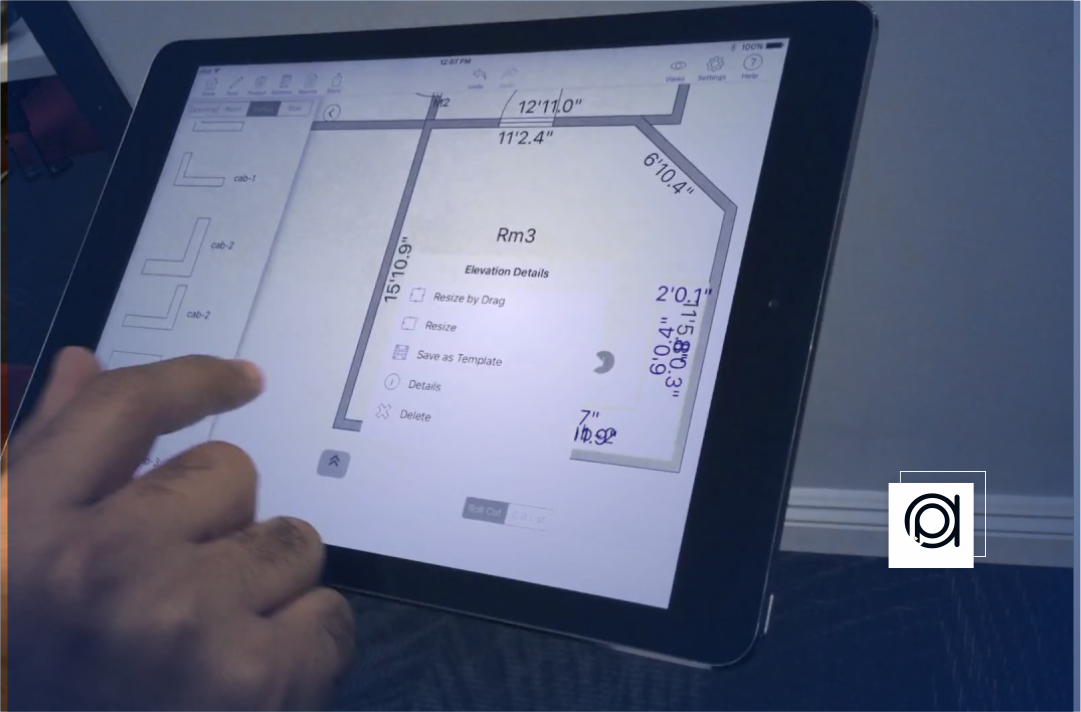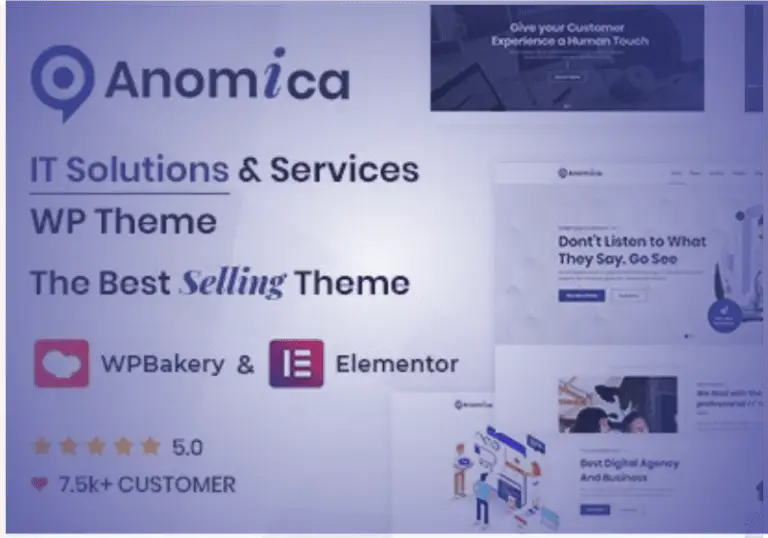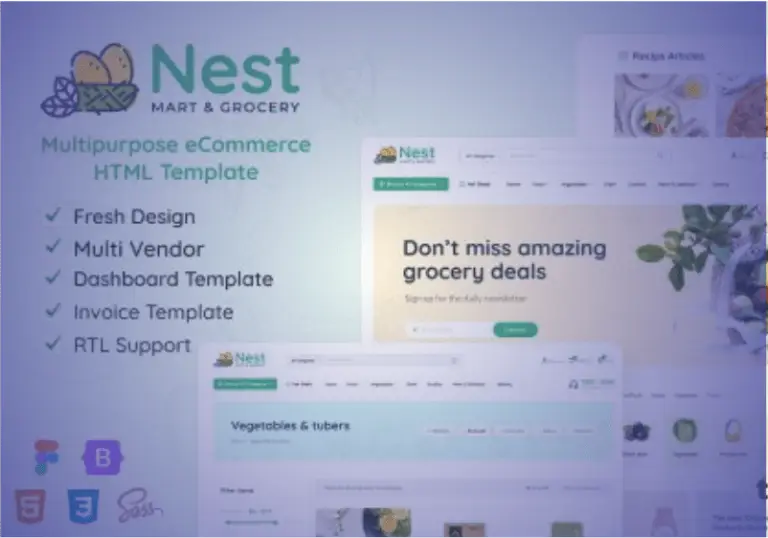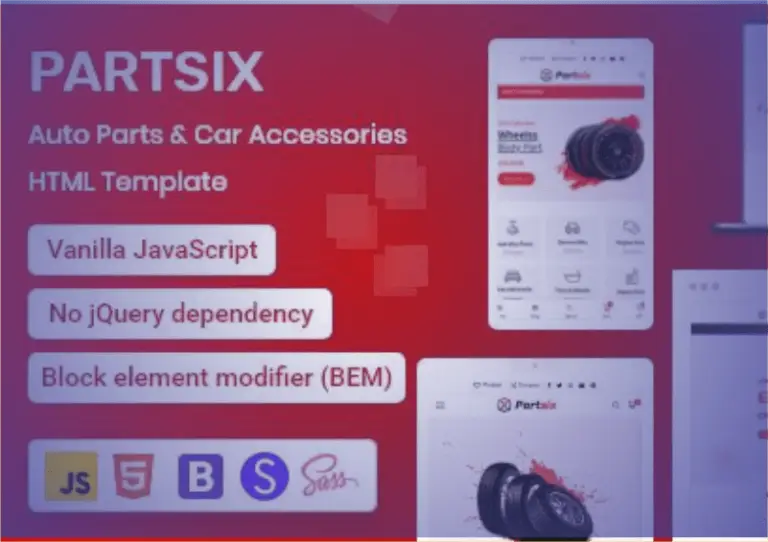Role of Scholarship Management Software
In the ever-changing world of higher education, the pursuit of knowledge is often coupled with a need for financial assistance. Scholarships play an important role in making education more accessible, and effectively administering these scholarship programs is becoming more difficult for educational institutions.
Scholarship administration software is a technical system that simplifies the whole scholarship process, from application to award distribution. In this essay, we will look at the importance of scholarship management software in higher education, including its advantages, features, and transformational effects on students and institutions alike.
What is a Scholarship Management Software?
Scholarship Management Software (SMS) is a specialized technology solution that simplifies and automates the whole scholarship lifecycle, from application to money distribution. This software is designed to satisfy the specific requirements of educational institutions, scholarship sponsors, and students by offering a centralized and efficient platform for administering scholarship programs.
The fundamental purpose of Scholarship Management Software is to make administrative work easier, improve communication, and assure a fair and transparent scholarship application and granting process.
The Complexity of Traditional Scholarship Management
Traditional scholarship management refers to the manual and typically paper-based methods that educational institutions and scholarship providers have traditionally used to run scholarship programs. Prior to the introduction of technology and specialized software solutions, scholarship administration was highly reliant on physical paperwork, manual data input, and in-person contacts.
Manual Processes and Administrative Challenges
Traditionally, scholarship management has been a labor-intensive process characterized by mountains of paperwork, manual data entry, and administrative complexities. Educational institutions, scholarship committees, and applicants alike grapple with the inefficiencies of handling vast amounts of information manually, leading to errors, delays, and a lack of transparency.

Communication Gaps and Limited Accessibility
The conventional scholarship management system often struggles to maintain effective communication between stakeholders. From notifying applicants about the status of their applications to informing donors about the impact of their contributions, communication gaps can hinder the overall efficiency and transparency of the scholarship process. Additionally, limited accessibility to information creates barriers for both administrators and applicants.
The Emergence of Scholarship Management Software
Scholarship Management Software is especially useful for educational institutions and companies that handle many scholarship programs since it streamlines the whole process and improves the overall efficacy of scholarship administration. By embracing technology, universities may enhance scholarship availability, boost transparency, and create a more efficient experience for both candidates and administrators.
Streamlining the Application Process
Scholarship management software streamlines the entire scholarship lifecycle, beginning with the application process. These platforms offer user-friendly interfaces for applicants to easily submit their materials, reducing the administrative burden on both students and institutions. The automation of application processes ensures accuracy and allows administrators to focus on qualitative aspects of candidate evaluation.
Centralized Data Management
One of the key features of scholarship management software is its ability to centralize data. Instead of scattered files and paperwork, all relevant information is stored in a digital database. This centralized approach enhances data security, minimizes the risk of errors, and enables authorized users to access information seamlessly.

Benefits of Scholarship Management Software
As technology improved, more universities embraced Scholarship Management Software to solve these difficulties and streamline the scholarship administration process, resulting in increased efficiency, transparency, and accessibility.
Improved Efficiency and Reduced Administrative Burden
The automation of routine administrative tasks is a hallmark of scholarship management software. From application reviews to fund distribution, these platforms significantly reduce the administrative burden on educational institutions. Automated workflows ensure that the entire scholarship process is efficient, transparent, and less prone to errors.
Enhanced Communication and Collaboration
Scholarship management software facilitates effective communication between all stakeholders. Applicants receive real-time updates on the status of their applications, and administrators can communicate with donors to provide updates on fund utilization and impact. This enhanced communication fosters collaboration and transparency, creating a more connected scholarship ecosystem.
Data Analytics for Informed Decision-Making
Many scholarship management software solutions come equipped with robust analytics tools. These tools enable institutions to gather insights into the effectiveness of their scholarship programs. From demographic information of applicants to the success rates of different types of scholarships, data analytics empower institutions to make informed decisions and optimize their scholarship offerings.
Features of Scholarship Management Software
User-Friendly Application Portals
Modern scholarship management software prioritizes user experience. Application portals are designed to be intuitive and user-friendly, guiding applicants through the process while minimizing the risk of errors. This accessibility encourages a diverse pool of candidates to apply for scholarships.

Automated Review and Selection Processes
Gone are the days of manual review processes. Scholarship management software automates the review and selection procedures, ensuring a fair and efficient evaluation of applicants. Criteria such as academic achievements, extracurricular activities, and personal statements can be systematically assessed to identify the most deserving candidates.
Financial Tracking and Reporting
For administrators and donors, financial tracking and reporting features are essential. Scholarship management software provides a transparent view of fund utilization, allowing donors to see the impact of their contributions. Financial reports also aid institutions in budgeting and forecasting for future scholarship programs.
V. Security and Compliance
Data Security Measures
Given the sensitive nature of personal and financial information involved in scholarship management, robust data security measures are paramount. Scholarship management software employs encryption, access controls, and secure storage to protect sensitive data from unauthorized access or breaches.
Compliance with Regulations
Educational institutions must adhere to various regulations and standards when managing scholarship programs. Scholarship management software often comes equipped with features that ensure compliance with data protection laws, financial regulations, and any other relevant legal requirements.
Impact on Students
Increased Access to Opportunities
By simplifying the application process and making information readily available, scholarship management software increases access to opportunities for students. The user-friendly interfaces encourage a broader range of applicants, including those who may have been deterred by cumbersome manual processes.
Timely and Transparent Notifications
Applicants benefit from timely and transparent notifications about the status of their applications. Whether it’s an acceptance or rejection, quick communication helps students plan their academic journeys more effectively and reduces the anxiety associated with waiting for scholarship decisions.

Financial Stability and Reduced Debt
Scholarships, made more accessible through efficient management, contribute to the financial stability of students. By reducing the burden of tuition and related expenses, scholarship management software plays a role in mitigating student debt, allowing individuals to focus on their studies without the constant worry of financial strain.
Future Trends and Innovations
Integration with Learning Management Systems (LMS)
As educational institutions increasingly adopt digital platforms for various functions, integrating scholarship management software with Learning Management Systems is becoming a trend. This integration allows for a seamless connection between scholarship programs and academic performance data, providing a more holistic view of student achievements.
Artificial Intelligence in Candidate Evaluation
The integration of artificial intelligence (AI) in scholarship management is an emerging trend. AI algorithms can analyze large datasets to identify patterns in applicant qualifications and match them with the criteria established by scholarship providers. This not only streamlines the selection process but also enhances the objectivity of evaluations.
Challenges and Considerations
Implementation Costs and Resources
While the benefits of scholarship management software are clear, institutions must consider the initial costs of implementation. This includes the purchase of software, training for staff, and potential integration with existing systems. Smaller institutions may find these costs challenging, requiring a strategic approach to ensure a positive return on investment.
Accessibility and Equity
Ensuring that scholarship opportunities remain accessible to all students is a crucial consideration. Institutions must address potential disparities in access to technology and internet connectivity, which could impact certain groups of students. A commitment to equity should guide the implementation and design of scholarship management software.
Case Studies: Success Stories
University: Transforming Scholarship Management
XYZ University, faced with the challenges of a manual scholarship management process, implemented a comprehensive scholarship management software solution. The university experienced a significant reduction in administrative workload, improved communication with applicants, and enhanced data security. The transparent financial tracking features also garnered positive feedback from donors, leading to increased contributions to scholarship funds.
Innovations in Education Foundation: Leveraging AI for Fair Evaluation
The Innovations in Education Foundation adopted a scholarship management software solution that leverages artificial intelligence for candidate evaluation. This innovative approach streamlined the selection process, ensuring fair and objective assessments of applicants. The foundation reported a more efficient allocation of funds and increased satisfaction among scholarship recipients and donors.
Conclusion
The use of scholarship management software is a revolutionary step toward accessibility, efficiency, and transparency in the fast-paced world of higher education. These platforms enable organizations to better service their donors and students by tackling the issues that come with manual procedures, which also improves workplace efficiency.


































